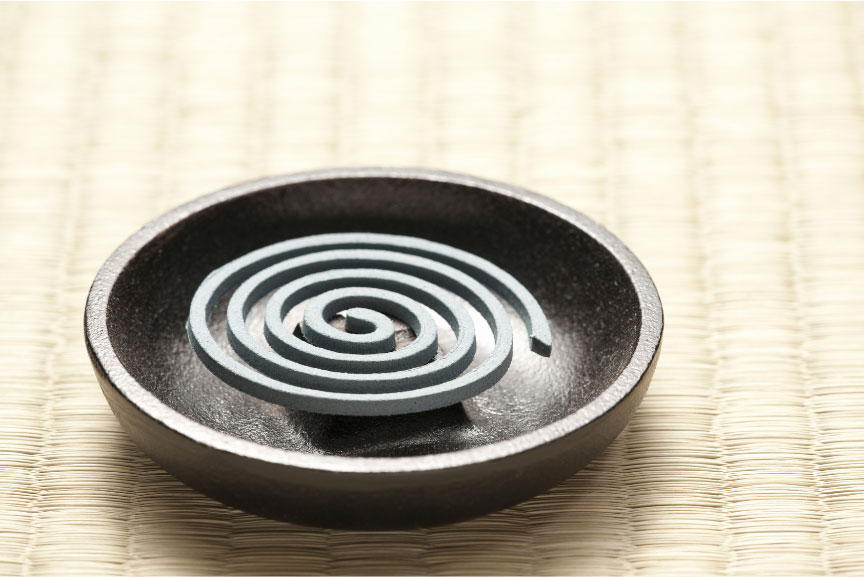Kôdô or the art of appreciating scents

Japan has three types of refined arts: ikebana, tea ceremony and Kôdô. This last one, although not very well known, has also its importance in the Japanese culture. Let’s discover together its history, its mechanism and its virtues.
The history of incense in Japan
It was around the 6ᵉ century that incense was introduced to the Land of the Rising Sun. At that time, there was only scented wood imported from India, then from China in the early 7ᵉ century. Incense was used in religious practices, specifically in Buddhism. In particular, it was used as a purifier during rituals and as an offering to deities. During the Heian era, incense became an element of entertainment for the nobles. For example, they enjoyed recognizing the scents. At the same time, they used it to perfume
their clothes. Then, in the Muromachi period, the use of these precious woods spread outside the court. It was then the turn of the upper and middle classes as well as the samurai to use it for different purposes. Moreover, during this period, the shogun Ashikaga Yoshimasa asked that the woods be classified. This gave birth to the rules of the game which then shaped the traditional art known as Kôdô. The popularity of incense declined somewhat during the Edo and Meiji eras. However, they came back in force about a hundred years ago thanks to Kito Yujiro, a master perfumer.
Kôdô: what is this ancestral art?
Literally, the word “Kôdô” is translated as “the way of scents”. At first considered as a game by the Japanese nobility, this practice has become an art in its own right. Its philosophy is based on listening to fragrances. Indeed, it is more about listening than smelling. The nose alone is not enough to appreciate the fragrances of incense. In Kôdô, it is important to use all one’s senses, one’s whole being. This art is a true spiritual experience. It is attributed several virtues, thanks to its capacity to :
Sharpen the senses
To cleanse the body and the spirit
Cleanse the soul
Awaken the spirit
Alleviate the feeling of loneliness
Reduce stress
Act even in abundance
Act in small quantities
To last in time
Be used on a daily basis
Its complexity is such that one needs at least 30 years of practice to master it. Moreover, in Japan, two great schools were founded and still teach this traditional art. One of them is called “Goose-ryu” and was born under the influence of the aristocracy. The “Shino-ryu” school is based on the principles of the other classes and the samurai. In any case, no matter on which aspect one bases oneself, the steps of a ceremony generally remain the same. The participants start by smelling the incense one by one. Then they talk about what the smell evokes in them. Finally, they try to name the wood used

